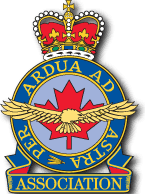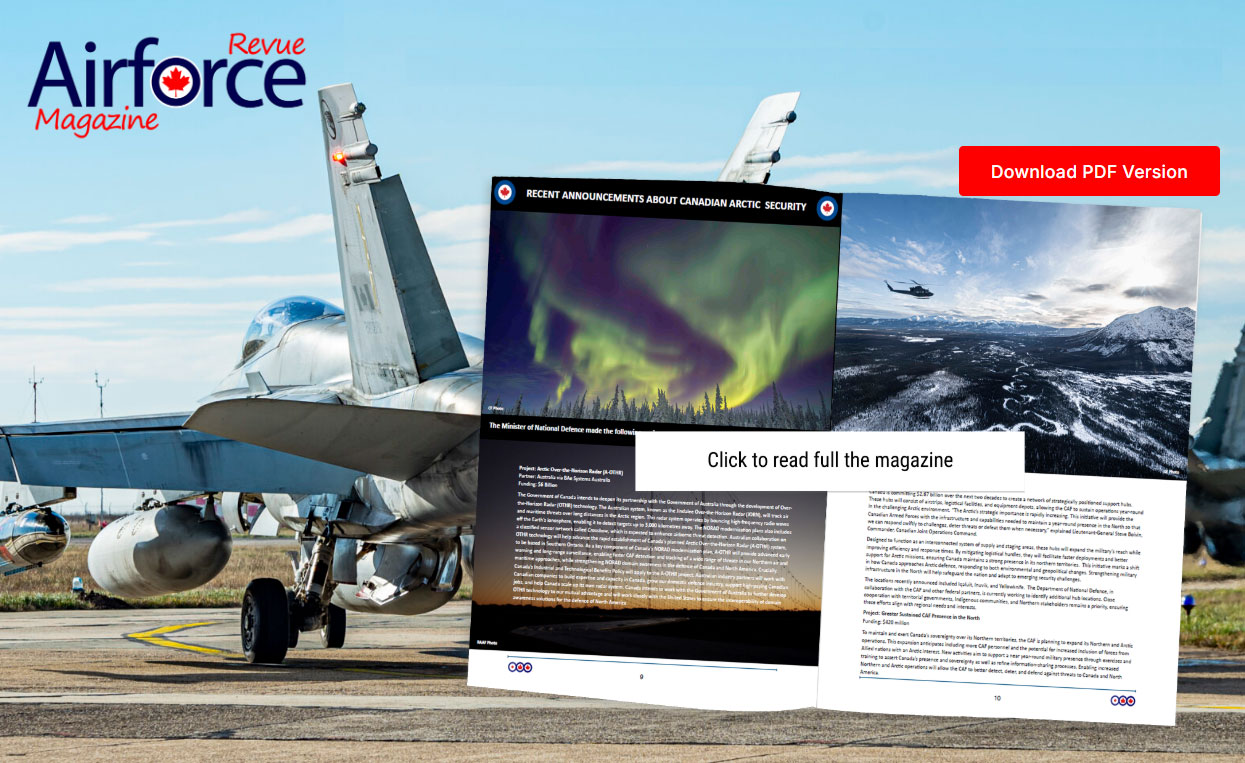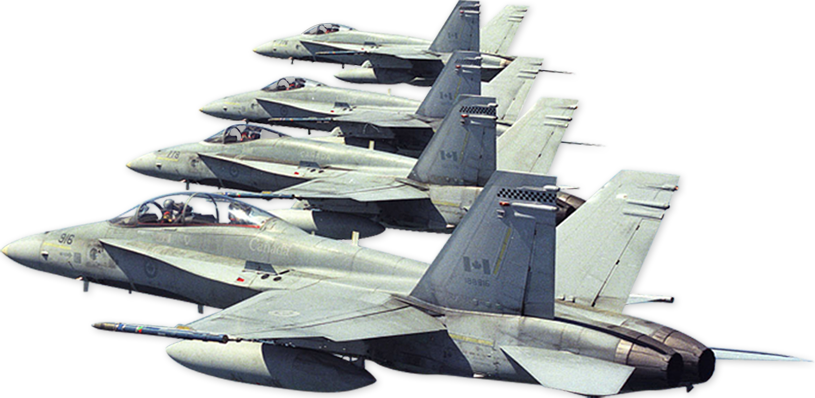Friday, 1 January, 1943
It was cloudy all day with visibility varying from 400 to 3,000 yards and mostly 10/10ths surface cloud. No flying for the day.
Saturday, 2 January, 1943
It was clear in the morning but deteriorated to 9/10ths by 1300 hours and then clearing later on. Flying consisted of air to air firing, local flying, aerobatics, formation and cine gun exercises.
Sunday, 3 January, 1943
The weather was fair all day with some clouds at varying times of about 2/10ths at 3,000 to 4,000 feet. The Squadron carried out air to air firing, and cine gun exercises with a flight of four Wellingtons in the afternoon.
Monday, 4 January, 1943
The weather was fairly good today, with visibility being as high as 10 miles and 4/10ths medium to high cloud. Air to air firing was done in the morning and the Squadron did formation flying in the afternoon. Air-Vice Marshall Henderson visited the station today and watched the Squadron’s formation flying. He expressed himself as being pleased with their performance and he wished them the best of luck when they get into action. The AVM advised us that we would be moving South soon, perhaps in about a month – good news for the Squadron members who are yearning for action.
Tuesday, 5 January, 1943
The weather was poor with visibility between 200 to 1,100 yards and 10/10ths
Surface cloud and frost all day. No flying was done due to the weather.
Wednesday, 6 January, 1943
The visibility today was poor, being 500 to 2,200 yards and the sky was mostly overcast with 10/10ths cloud. It snowed until midday, which then turned into drizzle. Flying consisted of several weather tests only.
Thursday, 7 January, 1943
The weather was 9/10ths cloud with visibility of 600 yards to 4 miles. Local formation and aerobatics flying were done when the weather permitted.
Friday, 8 January, 1943
The weather was 6/10ths cloud and visibility of 700 to 2,200 yards and there was a frost all day. Cine gun exercises, some formation flying and dog fighting were done in the afternoon.
Saturday, 9 January, 1943
Visibility was 50 yards at dawn and improved throughout the day to 4,000 yards. No flying was done due to the poor weather conditions. P/O (Chuck) Olmsted left today, returning to Canada. Chuck was a most popular officer and will be greatly missed.
Sunday, 10 January, 1943
It rained until dawn and then it was foggy to mid-day with 10/10ths cloud. The fog came back towards dusk and the visibility varied from 90 to 2,000 yards during the day. No flying was done from here but a section at Thornaby did a patrol over the Humber shortly after mid-day. No contacts were made.
Monday, 11 January, 1943
It was 10/10ths fog all day, with visibility of 100 to 600 yards. No flying due to inclement weather.
Tuesday, 12 January, 1943
Rain and fog all day, with a 10/10ths cloud base varying from on the surface to 600 feet and visibility from 100 to 300 yards. No flying due to weather conditions.
Wednesday, 13 January, 1943
There was a slight mist in the morning with a visibility of 2,000 yards. The weather was fair from 0800 hours with the visibility increasing to 6-12 miles. The cloud was 5/10ths to 8/10ths based at 2,000 feet. Air to air firing was done in the morning. During the afternoon, there was an interception flight with some Stirling aircraft and a Squadron formation practice was completed.
Thursday, 14 January, 1943
There was fog up to 0800 hours with 10/10ths cloud on the surface and a visibility of 500-800 yards. From 0900 hours the weather improved to a slight mist with 2,000-4,000 yards visibility and 1/10th to 2/10ths cloud at 3,000 feet. An A/C test was completed in the morning plus some cine gun exercises. In the afternoon there was a beat-up with four Wellingtons.
Friday, 15 January, 1943
The weather was mainly fine all day with visibility between 4-7 miles and 4/10ths to 8/10ths cloud based at 3,000 to 4,000 feet. Air to air firing, Squadron formation practice, Wimpy co-op flight and a number of dusk landings were flown today.
Saturday, 16 January, 1943
Fog all day with visibility of 100-800 yards. No flying due to the weather.
Sunday, 17 January, 1943
There was a mist up to 1300 hours with visibility varying between 2,000 to 3,000 yards, after which the weather turned fine and visibility improved to 6-12 miles. Some local flying was done during the afternoon and later, there was considerable night flying practice at Scorton.
Monday, 18 January, 1943
There was fog all day with visibility in the morning of 100-300 yards. This improved to 5/10ths to 10/10ths cloud at 200 to 2,500 feet. Some local flying and ZZ approaches were carried out.
Tuesday, 19 January, 1943
Fog all day. No flying.
Wednesday, 20 January, 1943
There was rain and fog all day with visibility between 100-600 yards and 10/10ths cloud from the surface to 400 feet. The only flying that was done today was a weather test and several flights to and from Thornaby.
Thursday, 21 January, 1943
It was foggy early in the morning with visibility between 100-800 yards. After 1000 hours, the weather cleared somewhat with visibility of 6-12 miles, cloud varying from 4/10ths to 6/10ths and intermittent and slight showers. Local and aerobatics flying, as well as a Halifax beat-up were flown in the afternoon. Night flying was carried out after 2000 hours.
Friday, 22 January, 1943
It was cloudy all day following a slight mist in the morning, with 7/10ths to 10/10ths cloud based at 1,500-2,500 feet and visibility of 4,000 yards. No flying today.
Saturday, 23 January, 1943
The day started of as cloudy, then cleared towards 0900 hours to 5/10ths to 7/10ths cloud based at 1,500 feet. The Squadron moved to Kenley, Surrey today. Thirty-seven personnel travelled by air in 2 ‘Harrows’; the remainder going by train with the exception of P/O ‘Georgie’ Aitken who flew the Tiger Moth down. ‘Georgie’ and Allan ‘Slim’ Hay, the telephone operator as passenger, arrived here about 1300 hours on the 24th, having had to spend the night en route. The first Harrow got lost and had to land, but continued on its way after a short delay, otherwise the move was uneventful. All of the Squadron personnel have moved, with the exception of the Padre, F/L D Carlson, whose good humour will be missed. P/O J. Hamankiewicz, F/S L. Gillis, and Sgt W.E. Thorp were posted today to 401 Squadron and will thus remain at Catterick. F/O H.A. Westhaver, F/O H.C. Godefroy, P/O H.D. MacDonald and P/O F.L. Gimbel have been posted to us and are a most welcome addition with a wealth of experience.
Sunday, 24 January, 1943
There was a slight mist and a little low cloud in the morning, which increased to 10/10ths at 2,000 feet and visibility of 1,000-2,000 yards. No flying today.
Monday, 25 January, 1943
Cloudy with a slight mist, deteriorating to a drizzle in the afternoon with 5/10ths – 10/10ths cloud based at 1,000 to 2,000 feet and visibility of 2 to 4 miles. The boys are well pleased with their Spit Mk Is and are spending as much time as possible getting the feel of them and making Sector Reccos.
Tuesday, 26 January, 1943
The weather today was fair with 4/10ths cloud based between 1,000 to 1,500 feet. Seven patrols were flown during the day and there was also some local and sector reccos flown today. F/O A.M. Watson reported today from 57 OTU.
Wednesday, 27 January, 1943
It was cloudy most of the day with 9/10ths based at 900 to 2,000 feet and a drizzle in the afternoon. Due to inclement weather, there was no flying today with the exception of a weather test.
Thursday, 28 January, 1943
It was cloudy all day, 9/10ths to 10/10ths from 500 to 1,000 feet, with drizzle and poor visibility. No flying today.
Friday, 29 January, 1943
Mainly cloudy with rain in the morning and 7/10ths to 10/10ths cloud based at 700 to 1,300 feet. A few of the boys got in some time on aerobatics today while others did sector reccos and local flying.
Saturday, 30 January, 1943
It was cloudy with 8/10ths to 10/10ths based at 500 to 800 feet with rain and poor visibility. The Squadron is now getting the feel of their new A/C today and did a number of patrols. Nothing was sighted.
Sunday, 31 January, 1943
It was cloudy with scattered showers and poor visibility in the morning but conditions improved by noon, only to have the weather come down for the rest of the day. No flying was done.
Personnel and Flying Times for January 1943
RCAF RAF
No. of Officers – Flying 18 –
No. of Officers – Ground 4 –
No. of Airmen – Flying 10 –
No. of Officers – Ground 91 19
123 19
Operational Flying Times: 24:50
Total Non-op time:
Spitfire Day 247:40
Spitfire Night: 17:25
Tiger Moth: 14:45
Aircraft on Squadron Strength: 15 Spitfire Mk IX
3 Spitfire Mk VB
1 Tiger Moth
Casualties for the Month: NIL








